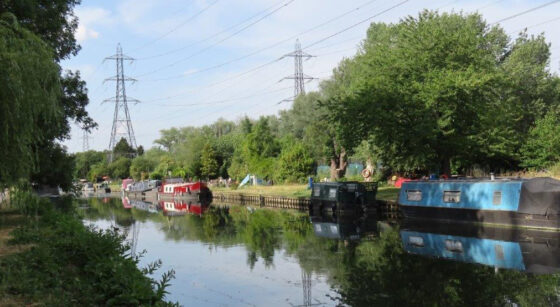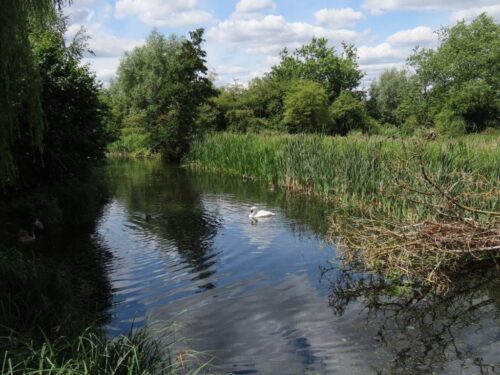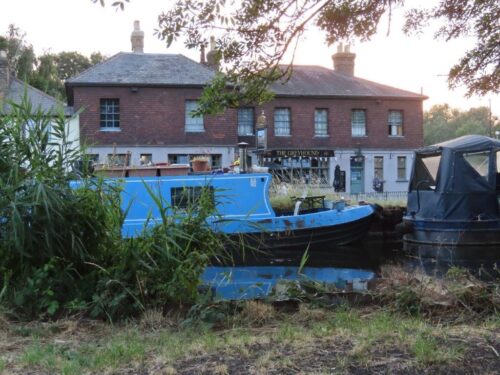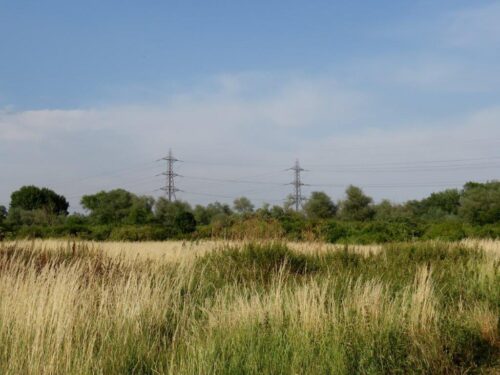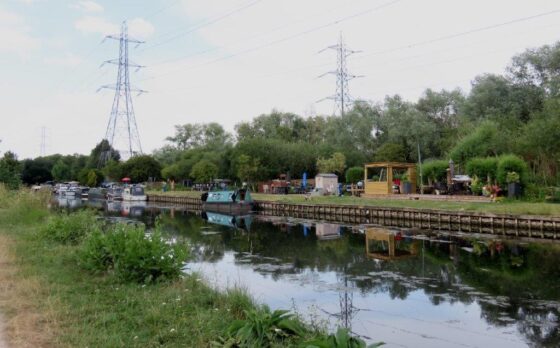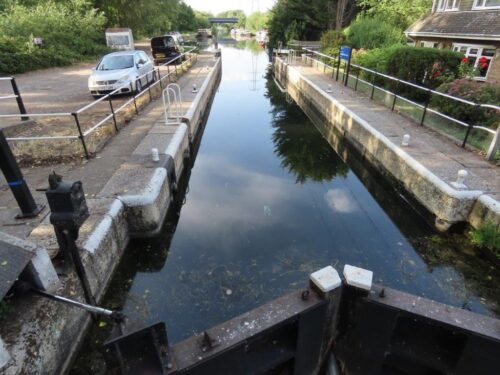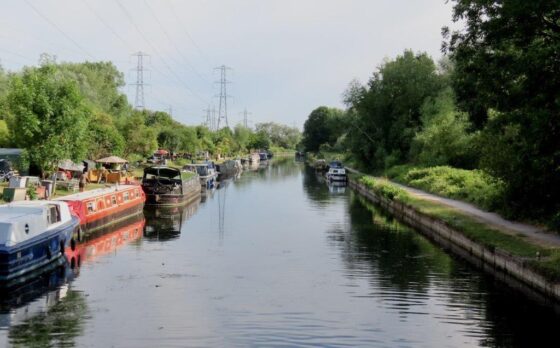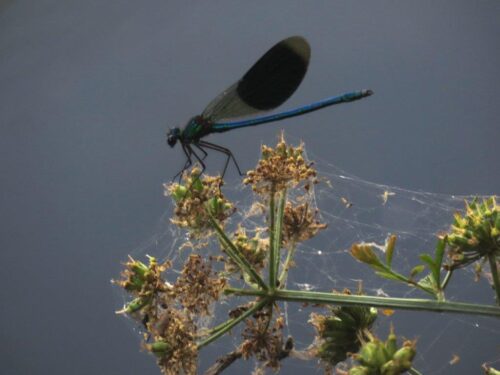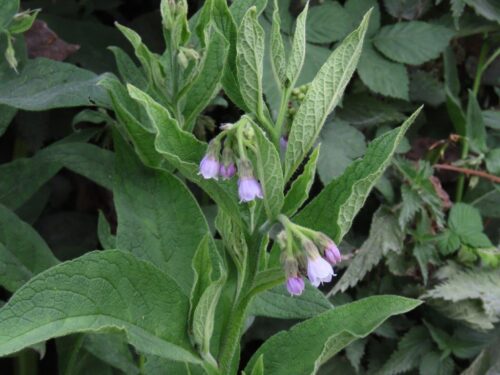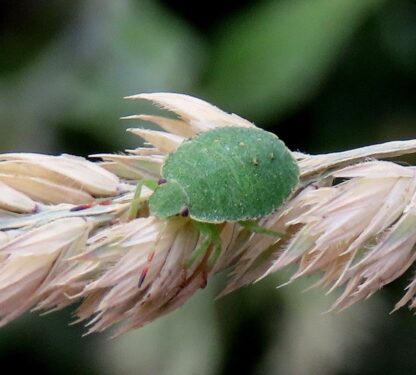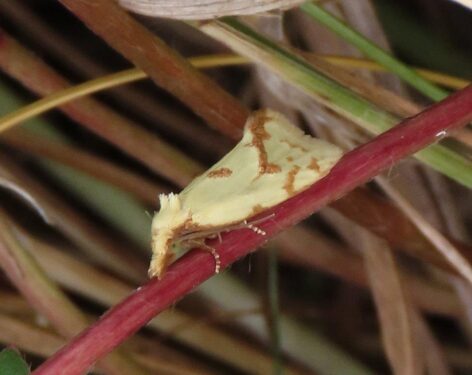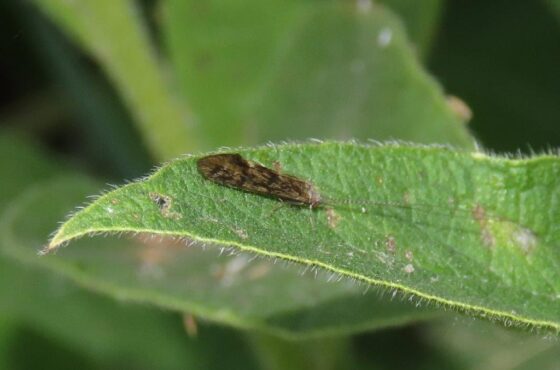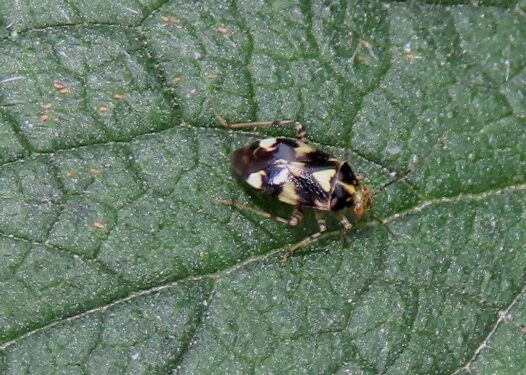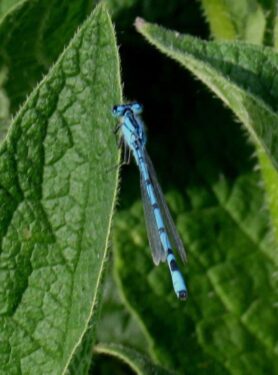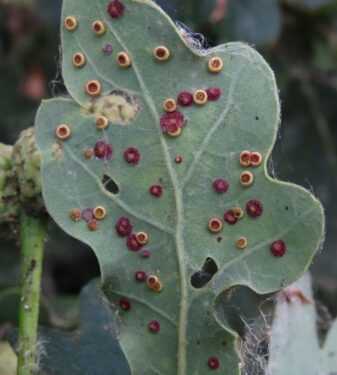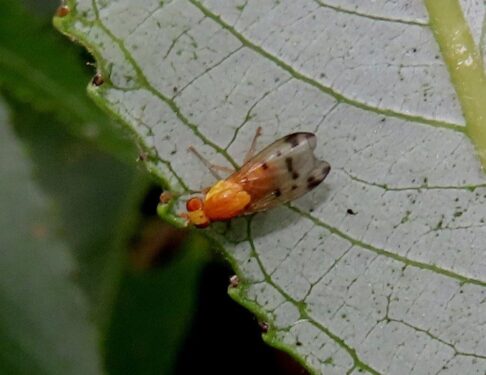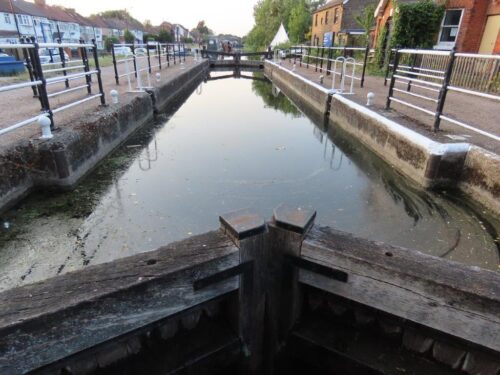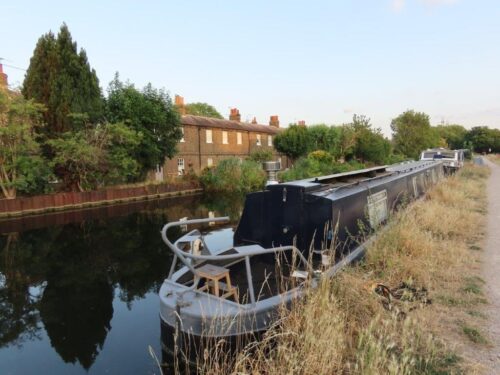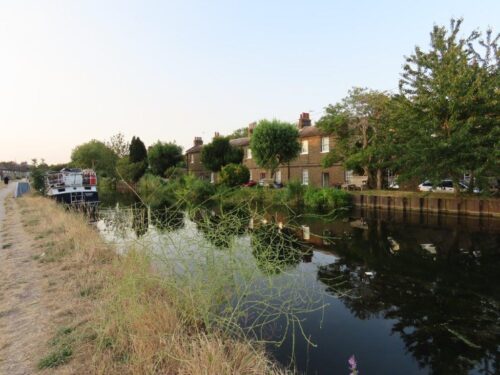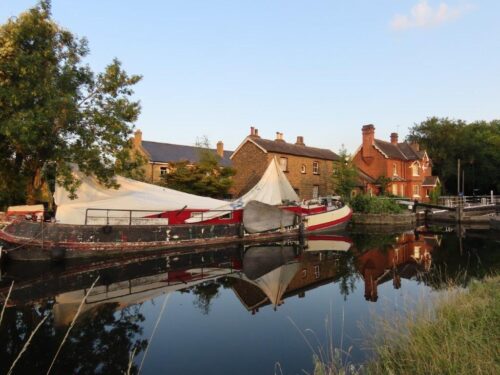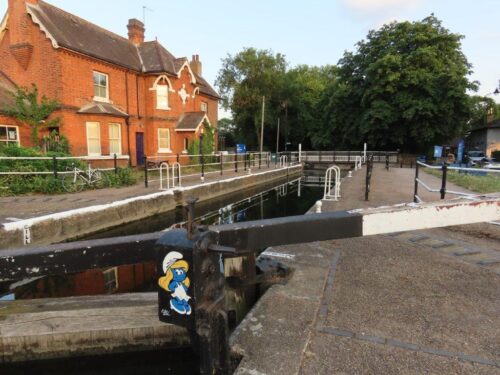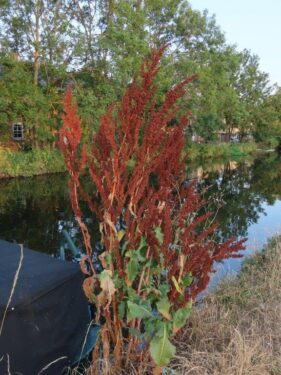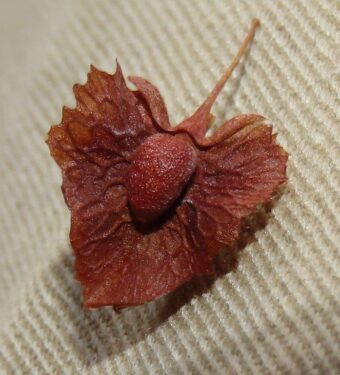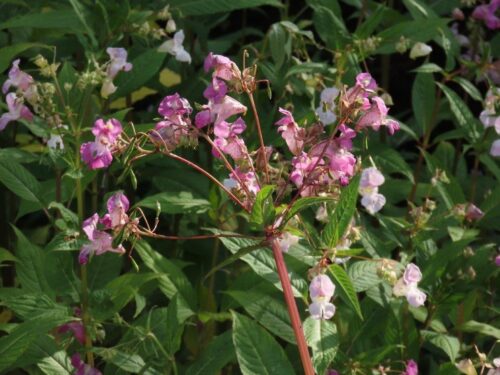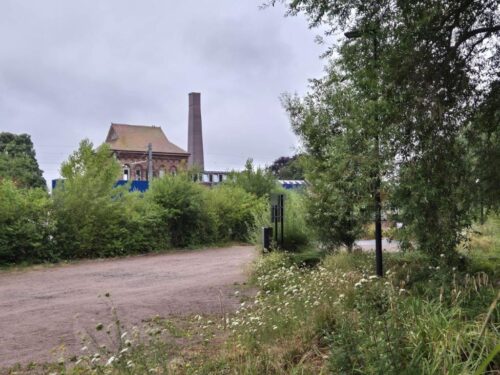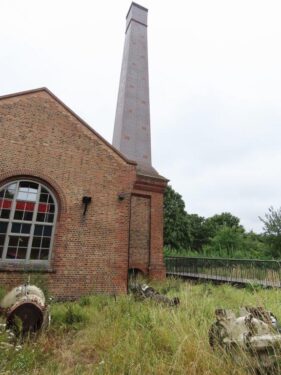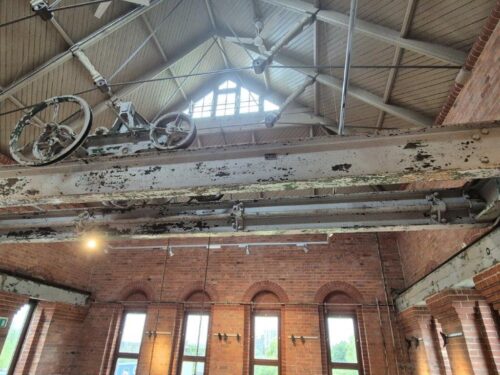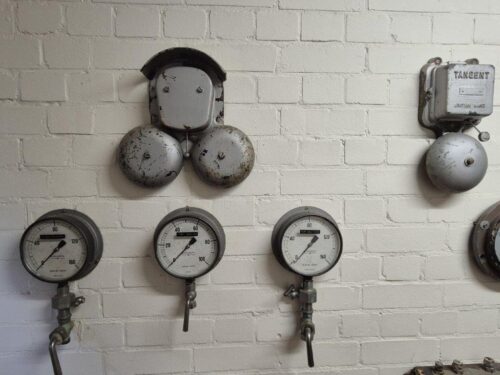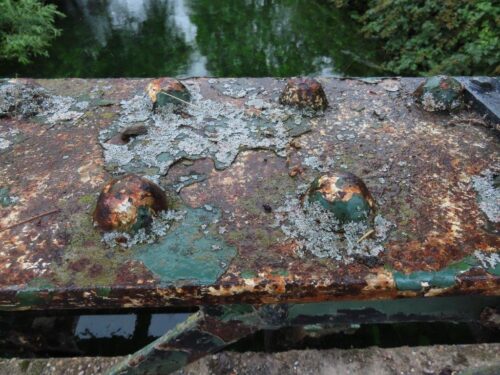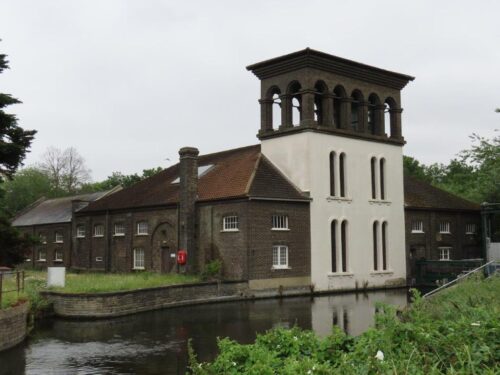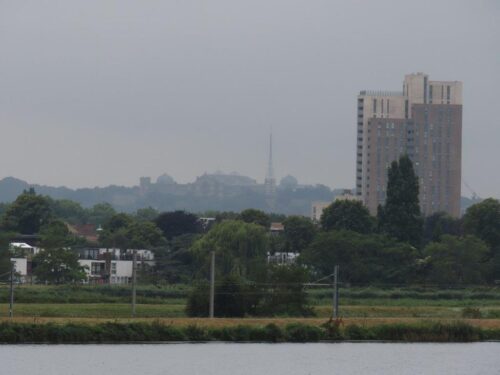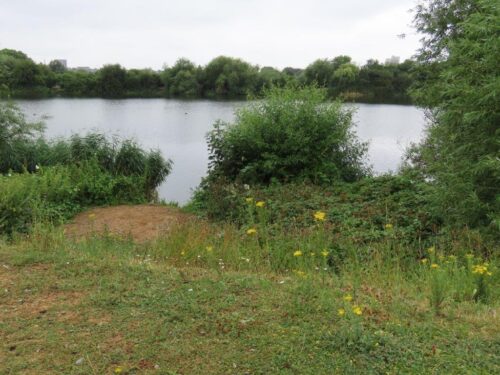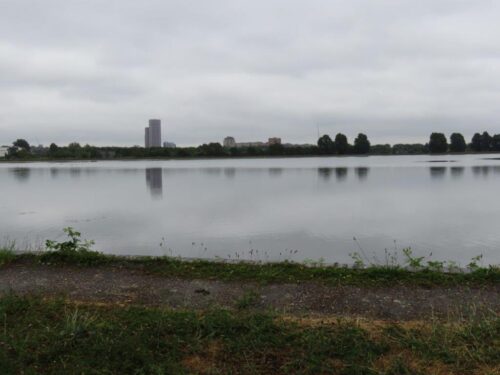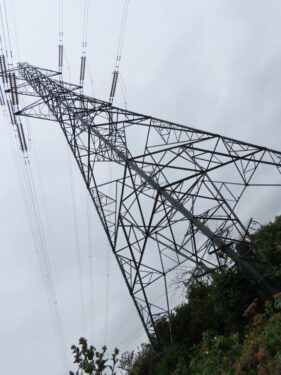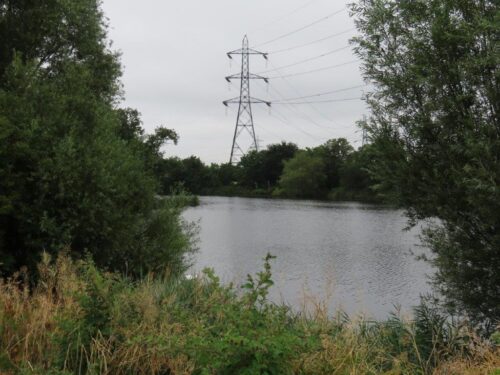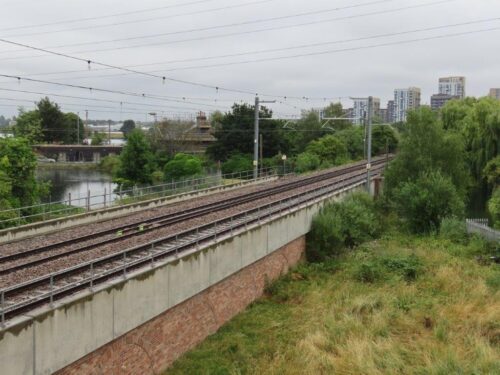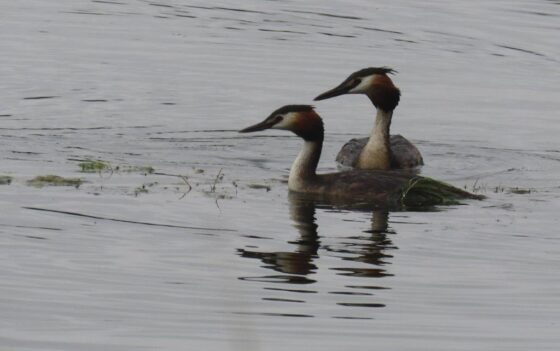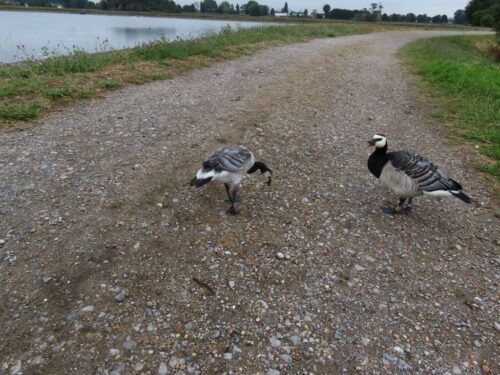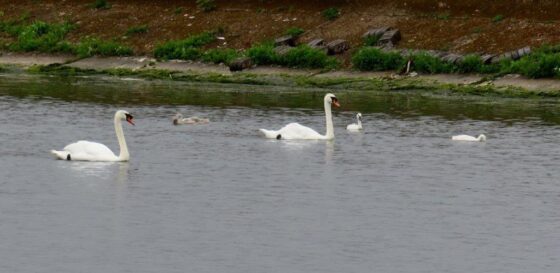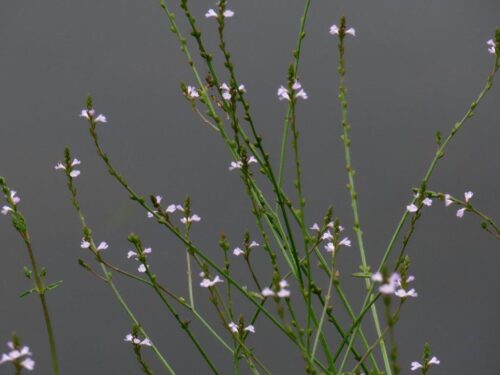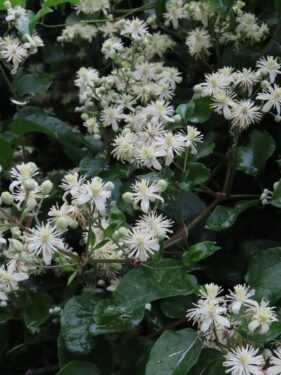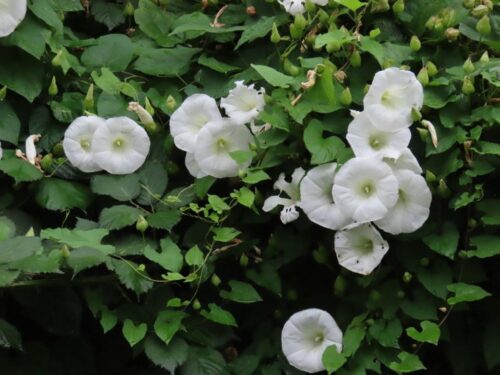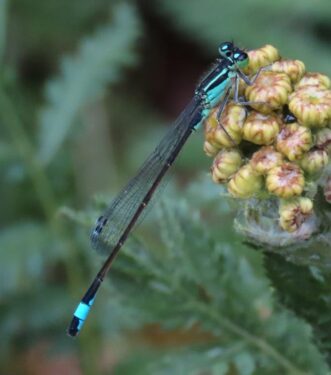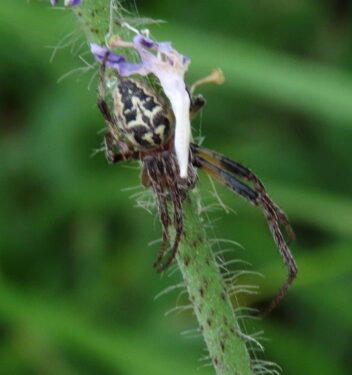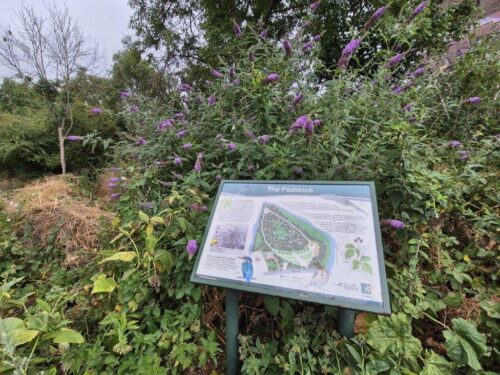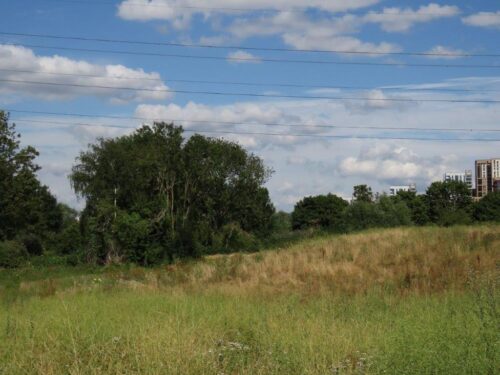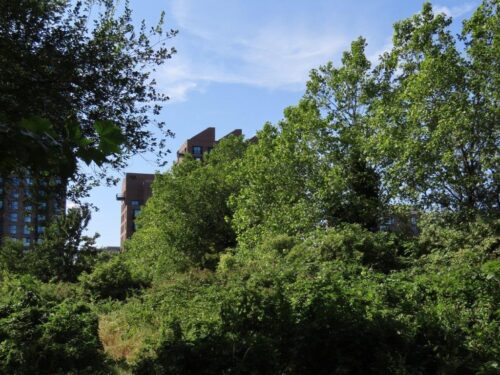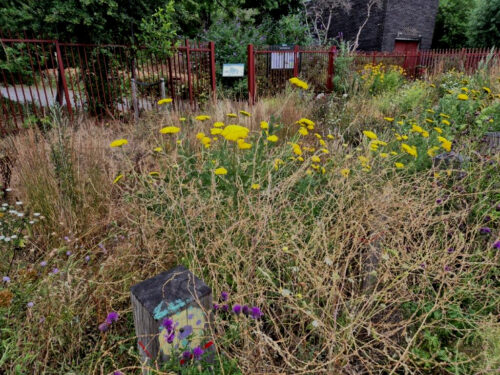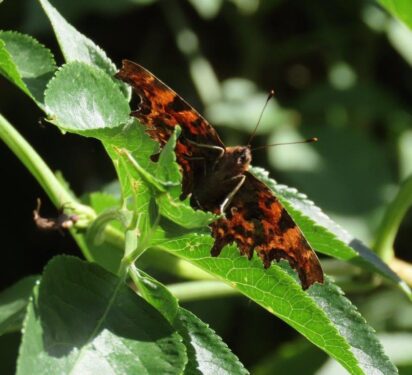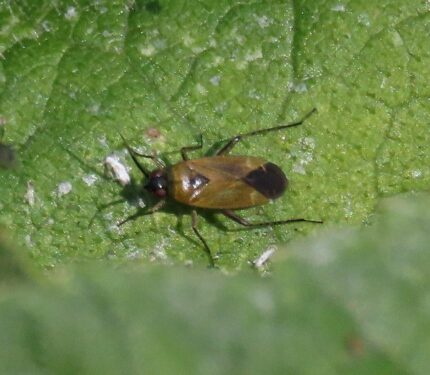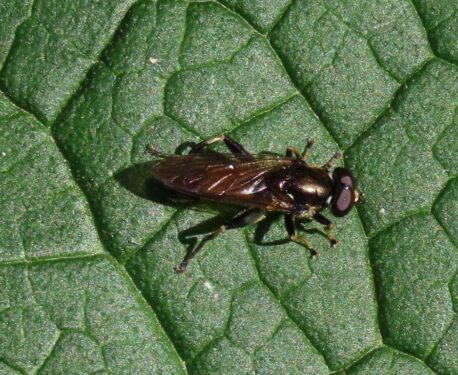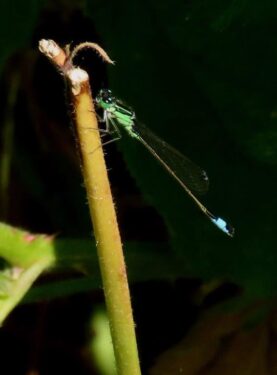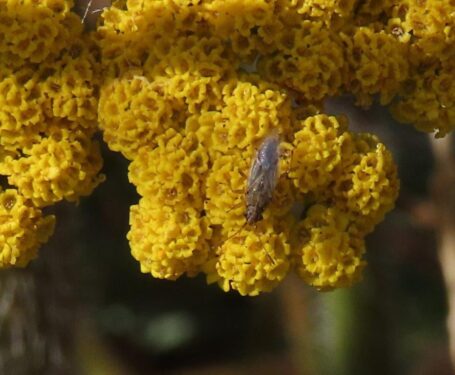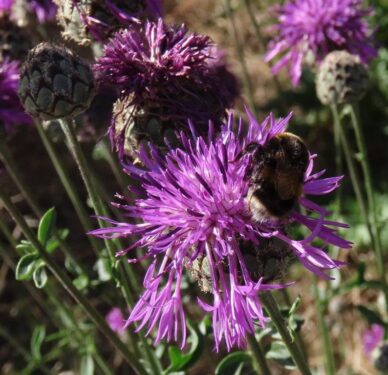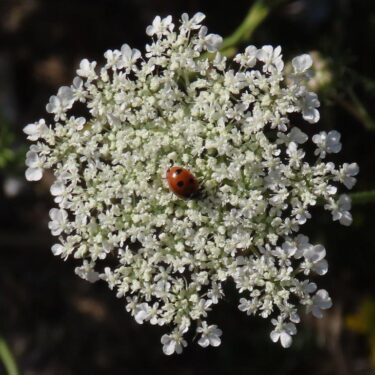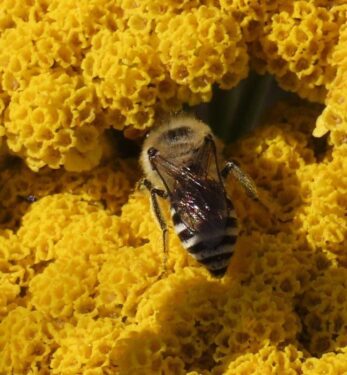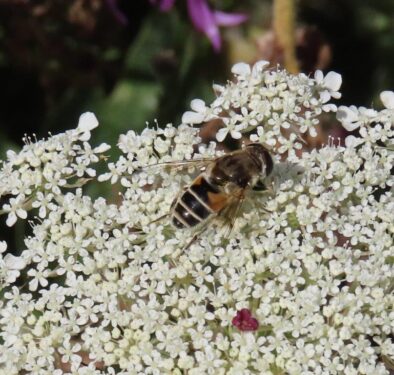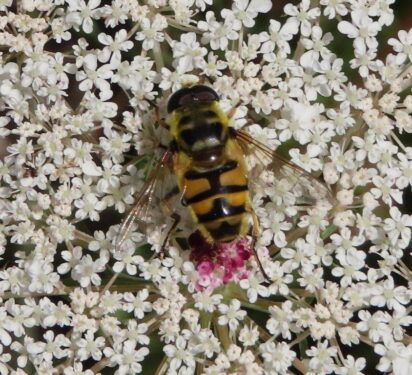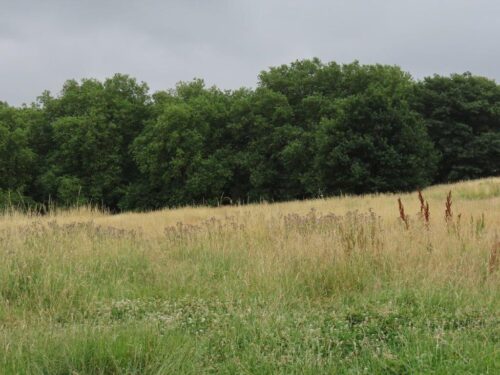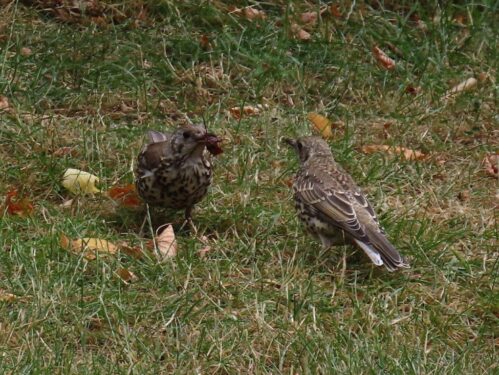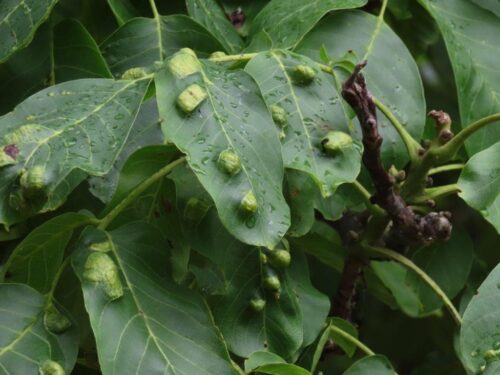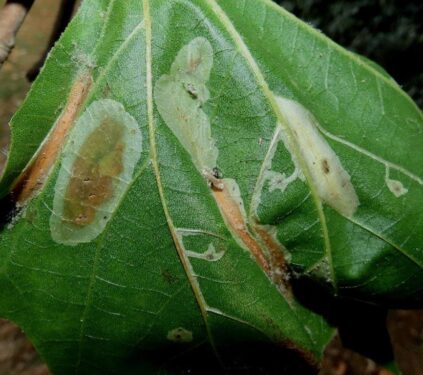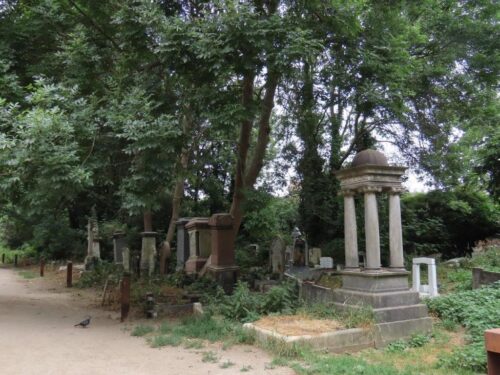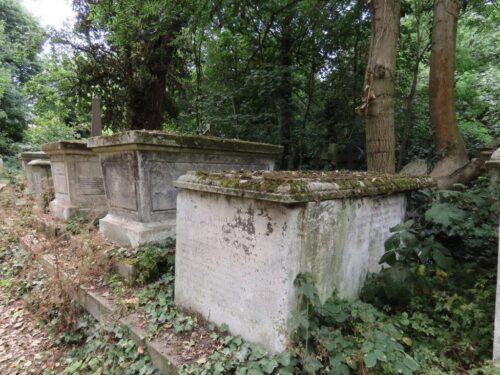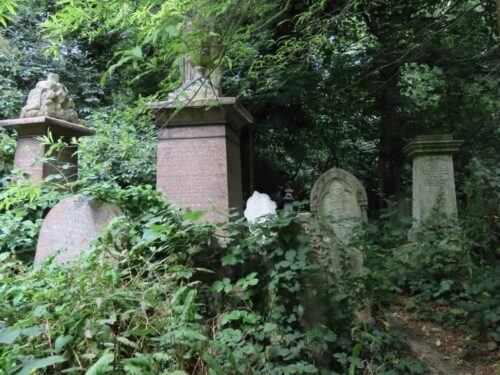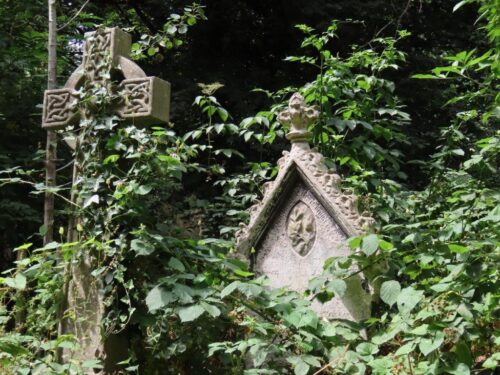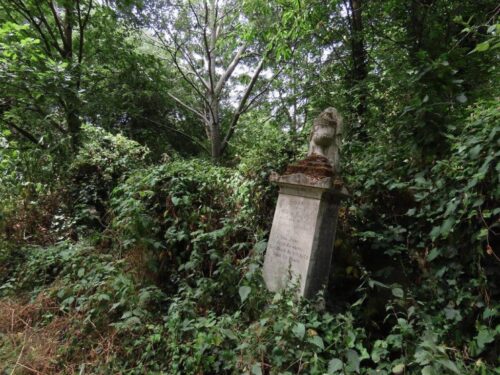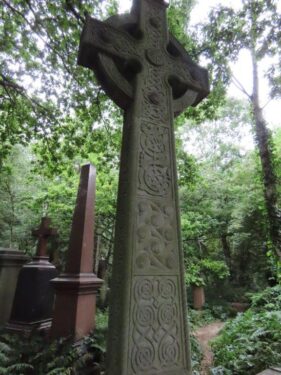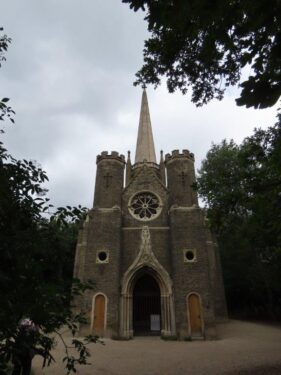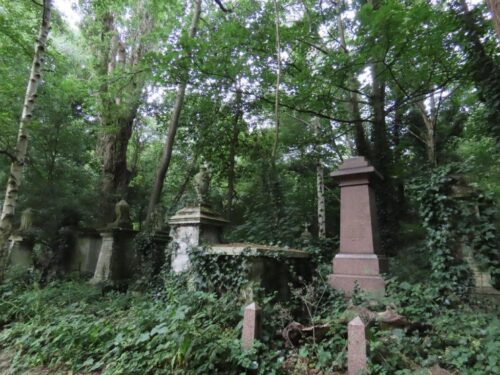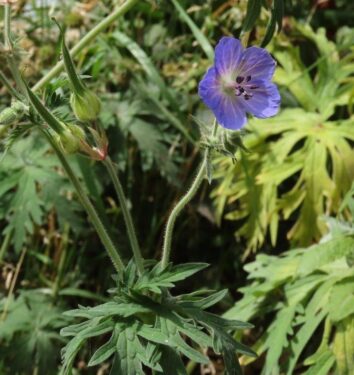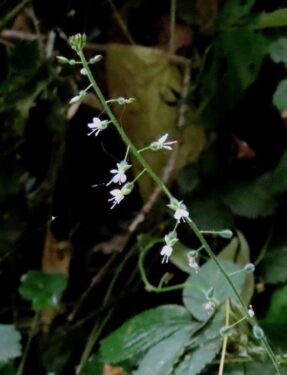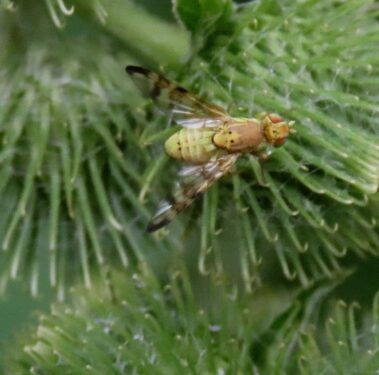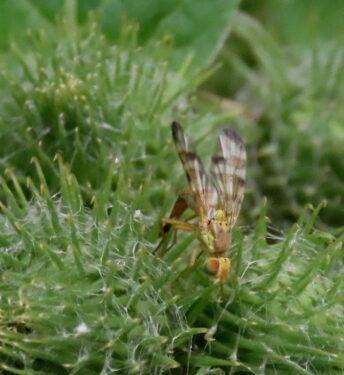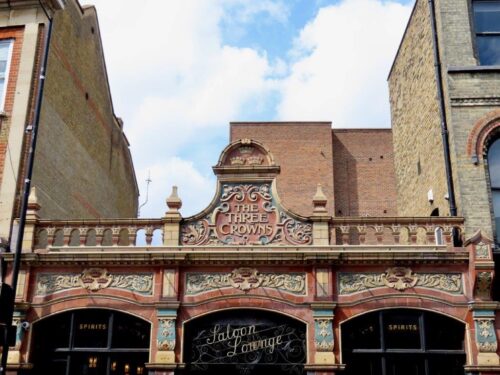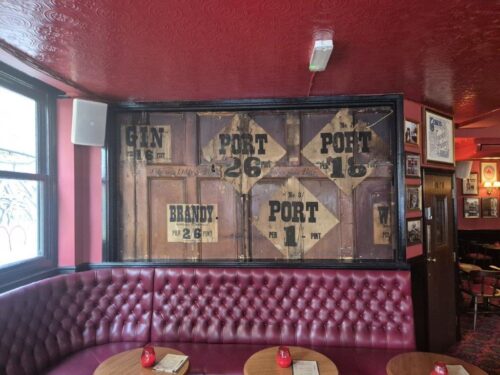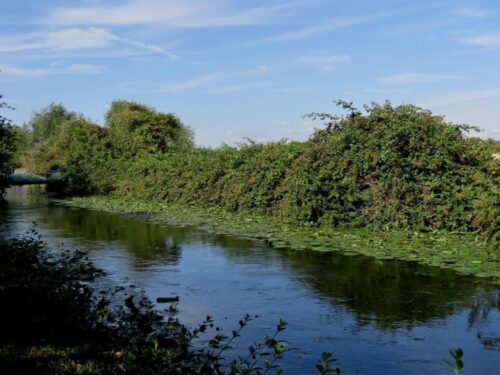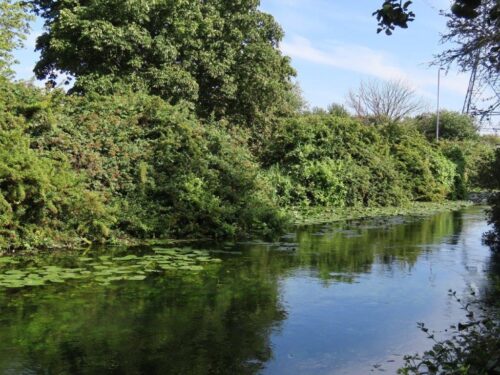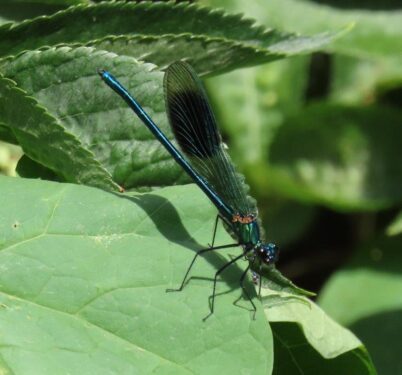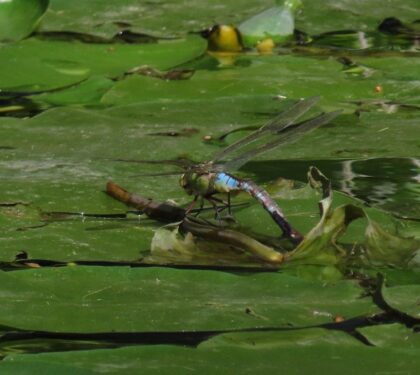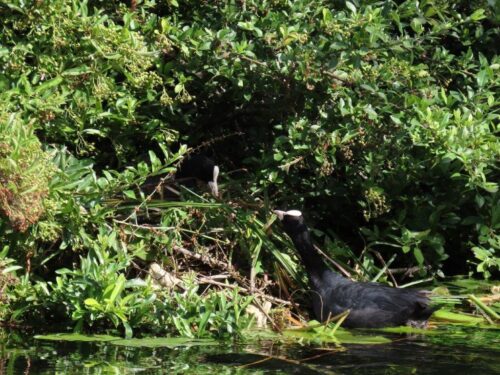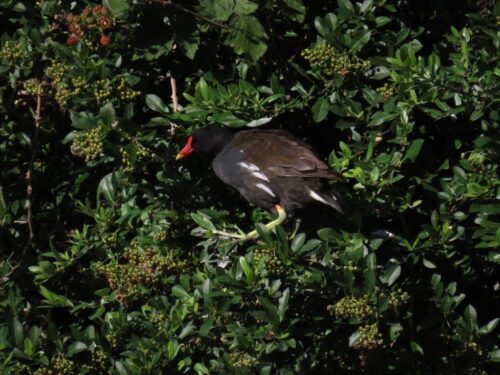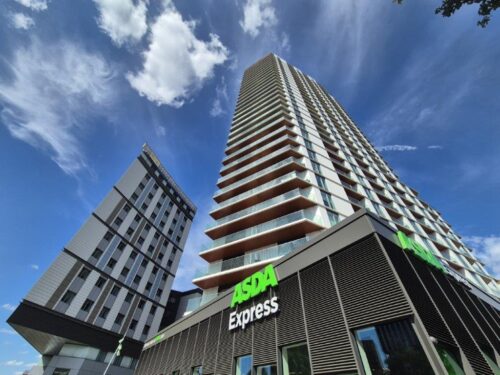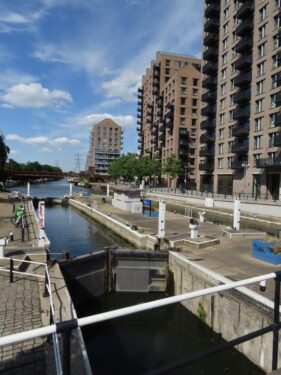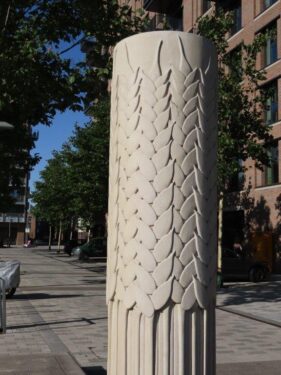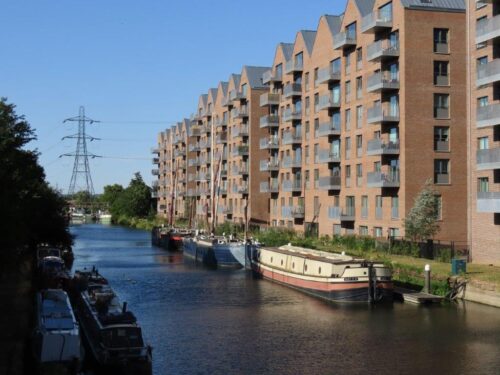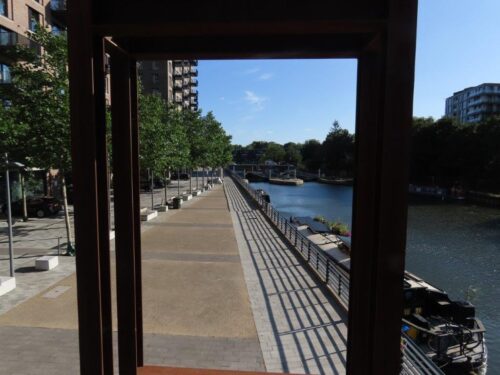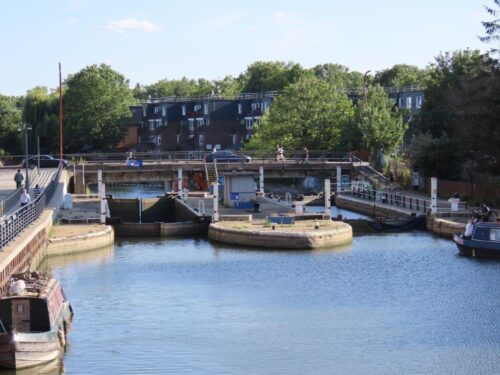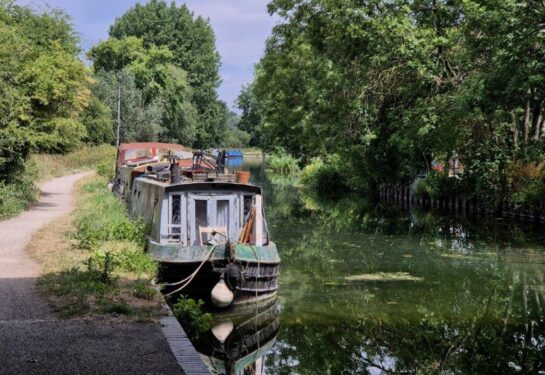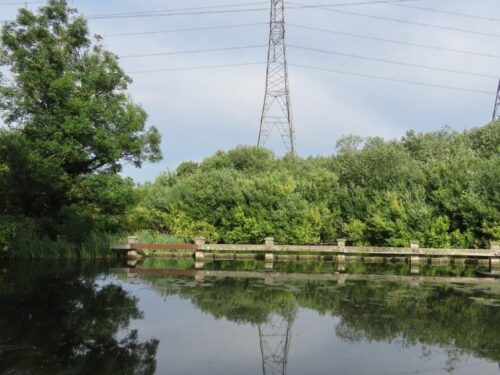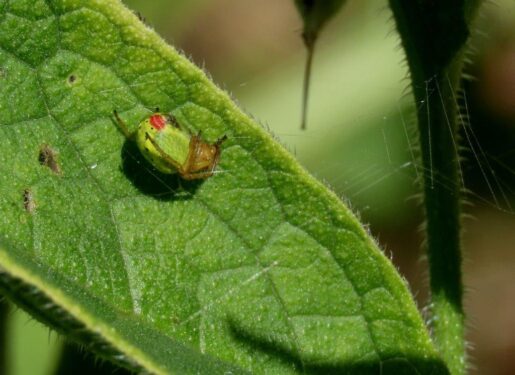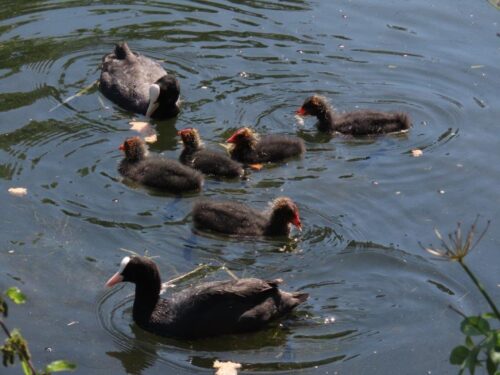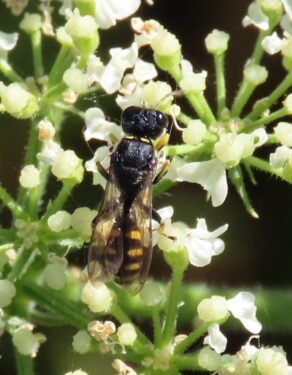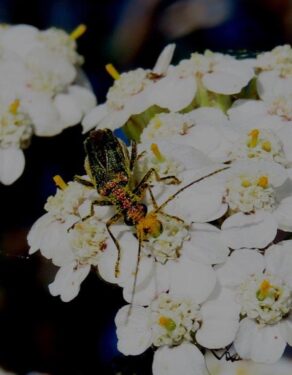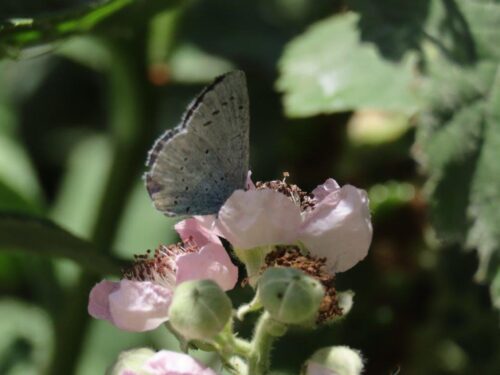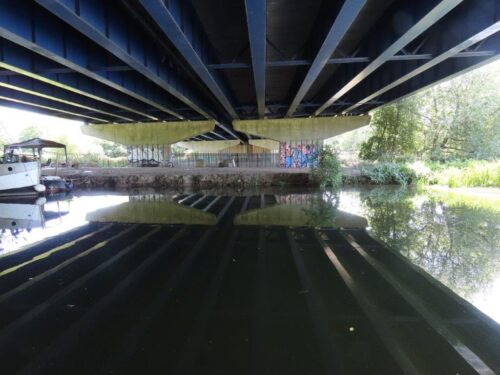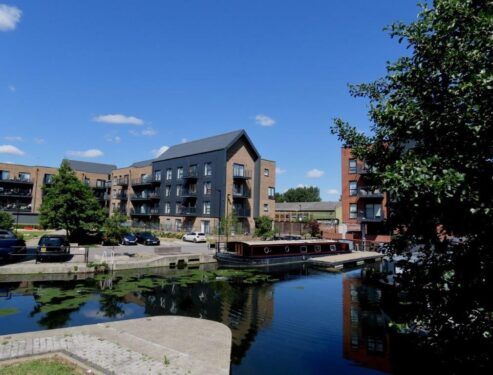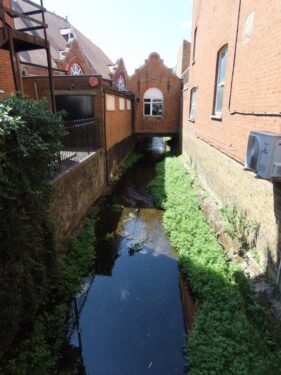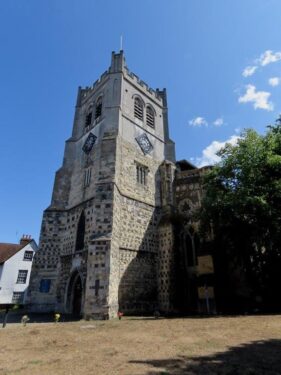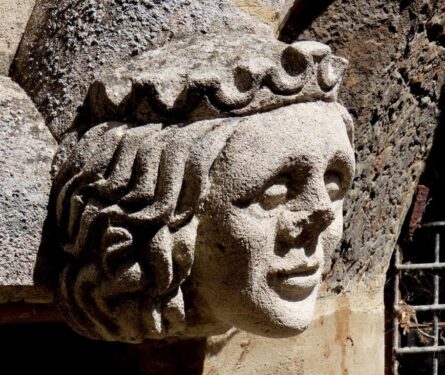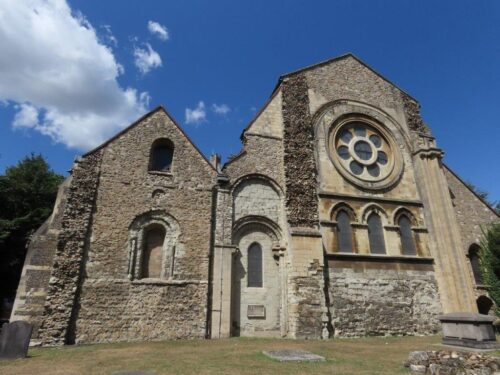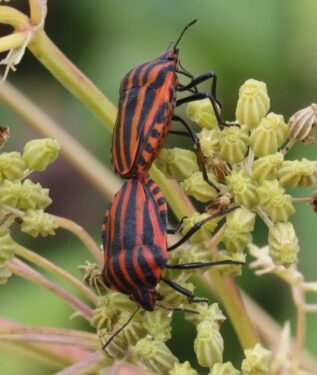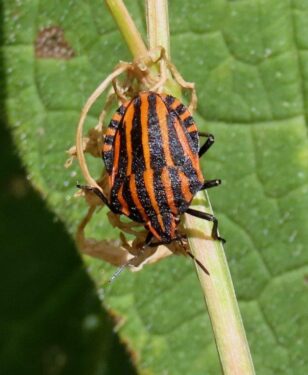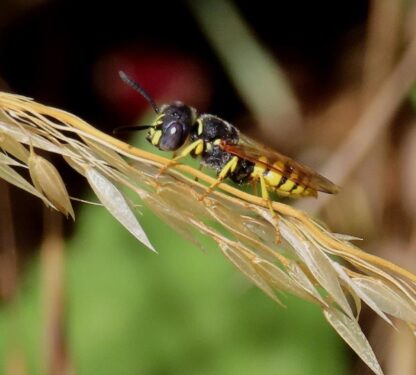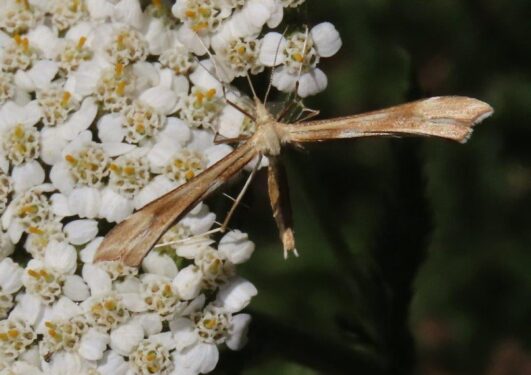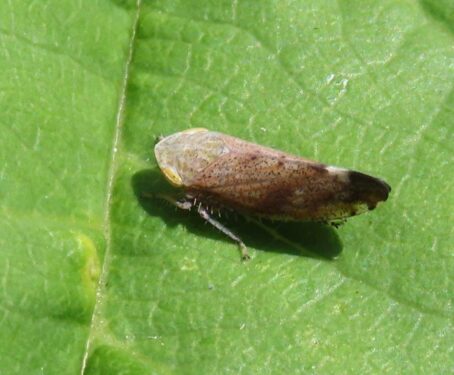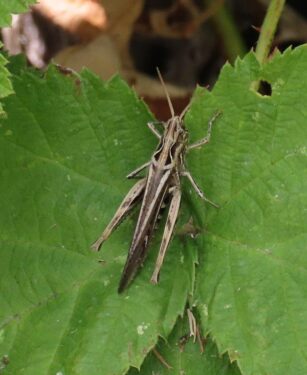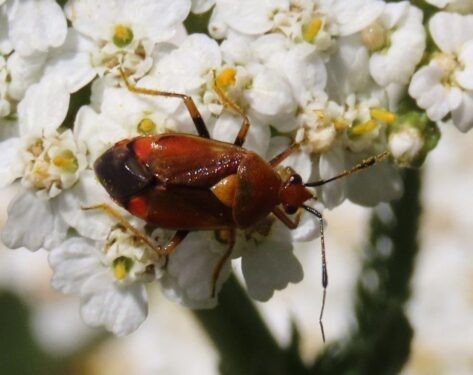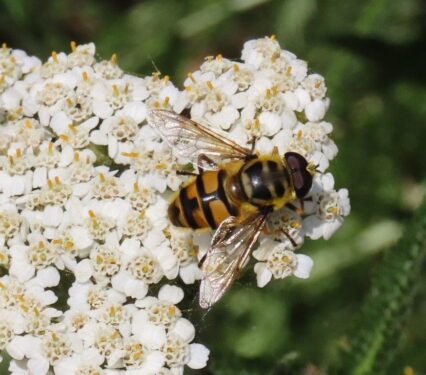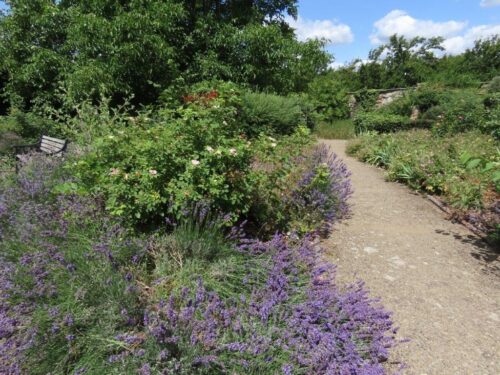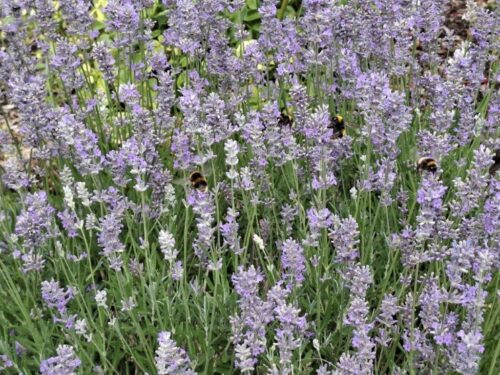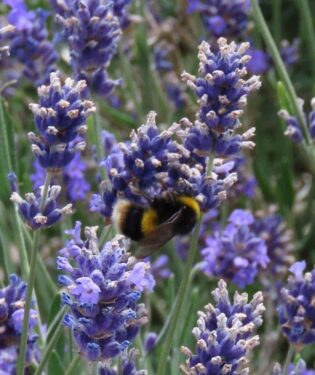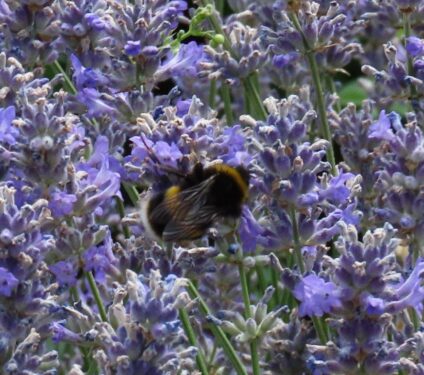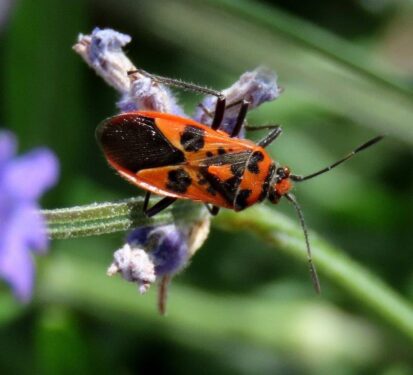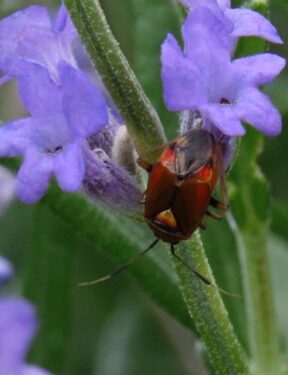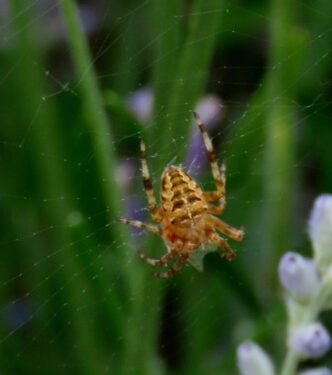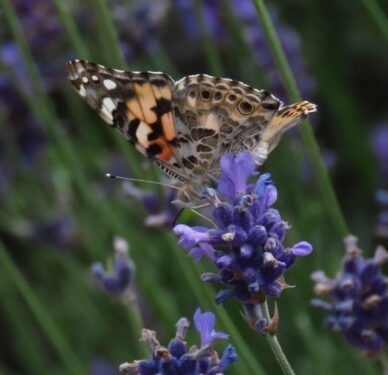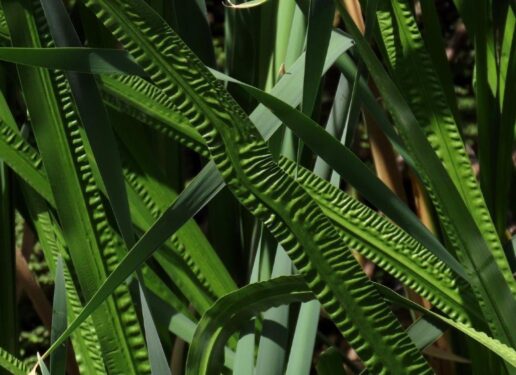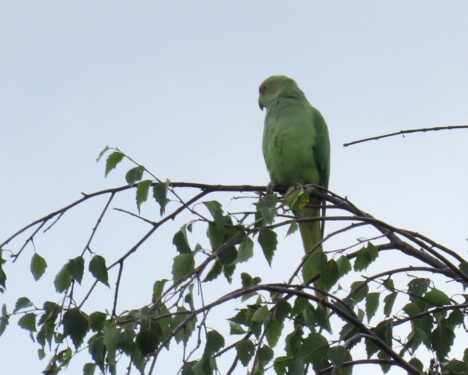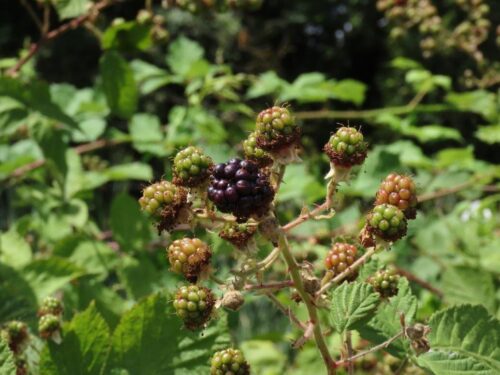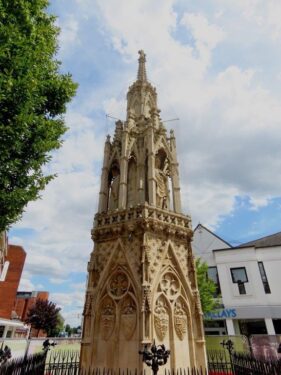We don’t have to go far to have fun on our short breaks by public transport. The western boundary of Essex is the River Lea, and just across the river and canal is Enfield, Middlesex as was. The whole valley is a complex of waterways and greenspace, much of it under the wing of the Lee Valley Regional Park Authority.
Our two-night stay at Enfield Premier Inn saw us arriving in middle of the hottest day of the year (so far), a ferocious heat that drove us first into the Greyhound pub for refreshment. A drink, but no atmosphere or food, a pub that sadly makes nothing of its prime location next to the canal, the River Lee Navigation.
So we moved swiftly on, walking the towpath but not really paying much attention in the heat, apart from seeing and smelling the recent grassland wildfires. And the sound of screaming Swifts above, always a good sign…
After a couple of hours respite in the hotel and restaurant, it had cooled down sufficiently to make the idea of a towpath walk attractive. Banded Demoiselles, like fluttering fairies, were everywhere, as the cooling air was filled with birdsong – Whitethroats, Chiffchaffs and Song Thrushes especially – and a Red Kite flew over and into a copse. It was hard to believe we were inside the M25…
Hogweed and Wild Carrot umbels attracted numerous hoverflies and other insects, Russian Comfrey provided for the bees, and indeed everything seemed to be hosting insect life…
The impression of tranquil countryside continued to grow as dusk started to fall, with the temperature still up at 26 degrees. We were at Enfield Lock, as with all such spots a place of timeless delight. Many more Demoiselles, with fast-flying Emperors and a Southern Migrant Hawker dragonfly providing the entertainment, along with some impressive Greek Dock plants with exquisitely sculpted seeds and Himalayan Balsam flowers, a beacon for bumblebees.
After a night of rain, the morning air smelled of a grateful Earth. We headed to Walthamstow Wetlands, a flagship London Wildlife Trust reserve based around Thames Water reservoirs. ‘Greenwashing’ comes to mind given the reputation of the water company, but the repurposed buildings are impressive: the Engine House café, which provided excellent breakfast, and the Coppermill Tower with extensive views over the reserve and beyond.
As to the reserve, well there was wildlife – Common Terns, Great-crested Grebes, breeding Cormorants, Mute Swans with ‘Polish’ cygnets, Vervain, Blue-tailed Damselflies etc – and we learned from a friendly volunteer that the Barnacle Geese that tried to mug us are probably the only ones breeding in London. But the margins felt too manicured and with too much focus on fishing. And the weather was dull and rainy, which might have coloured our opinion!
For us, the Paddock, a community nature park just across the road, was much more authentic, the sort of brownfield bonanza that London does best. A rich, multicultural mix of plants from all corners of the world, managed to a point but not tamed, retaining the joys of randomness. You never know what to expect around the next corner…
In fact we liked it so much that we returned later in the day when the sun came out, and found it filled with insects:
Packing in more experiences, we headed out of the valley through Springfield Park, with interesting grassland, a family of Mistle Thrushes and old trees, including Walnuts with mite galls, and London Plane with lepidopteran leaf-miners. Who says non-natives have no value? And another good café!
Into Stoke Newington, Abney Park Cemetery provided welcome shade now the sun was out. One of the famous garden cemeteries, even the stone is now seeming to crumble to dust as the urban jungle takes over.
Meadow Cranesbill and Enchanters’-nightshade lent their colour to the ride-sides, and the large Burdocks were covered in Terellia tussilaginis picture-winged flies, including females laying the foundations of the next generation.
The Three Crowns, just off the High Street, had some elegant styling, but our refreshment stop of choice was the Coach & Horses, with a friendly welcome, good beer, tales of the Krays and a recently unearthed wooden wall featuring drinks advertising posters dating back to the 1880s!
Then a bus ride took us back to Tottenham Hale, and to the Ferryboat Inn for an excellent meal, overlooking the Coppermill Stream, with nest-building Coots, tree-clambering Moorhens on the hunt for ripe brambles and egg-laying Emperor Dragonflies among the Yellow Water-lilies.
And while we were there in the evening sun, it seemed like a great opportunity to explore this developing part of town, around Tottenham Lock:
Our final day saw us heading north along the canal, upvalley and under the M25. Incensed by the towpath litter, Jude had gathered a bag full of plastic before we reached Waltham Abbey. Surely the houseboaters wouldn’t despoil their own back yards…so is it the anglers, or cyclists, or simply your average ‘hard of thinking’? Whatever, it didn’t put us off .. the local folks we met were pretty much universally polite and welcoming.
Sadly Waltham Abbey Church was closed. But the churchyard was shady and cool on what was unfolding into another very hot day, the heat amplified by the humidity arising from yesterday’s rain. And it gave us more time to explore the gardens and grounds.
And here we found what we were looking for, one of the main reasons for this break, Striped Shieldbugs. Very familiar to us from mainland Europe, this area is the only reliable place to find them in the UK, having first turned up here three or four years ago, possibly related to the salad-packing factories nearby. And here they were, in singles and doubles on Hemlock plants around the margins of the grounds.
The rough grassland also contained other interesting invertebrates, including Bee-wolf, Yarrow Plume moth and Privet Leafhopper.
And then there were the formal gardens, especially those with Lavender hedging and edging. We simply had to sit and enjoy the huge number of bees, more in one place than than I have ever seen before in this country. The buzz was much more like that I used to enjoy in the Pyrenees. In just one short stretch of eight metres of flowering Lavender we counted at least 150 bumblebees alone on one snapshot survey, involving at least six species.
And they were far from the only insects. There were a few Honeybees, plus numerous ladybirds, Cinnamon Bugs and Deraeocoris ruber, Commas, Large and Small Whites, Peacocks and a Painted Lady. Simply remarkable. And as we wandered off, a surprise in the form of a fly-through Marbled White, too fast for a photo, but always good to see. Congratulations to the Lee Valley Regional Park Authority for the provision and management of this greenspace and garden.
Maybe we should have stayed there longer, but it was getting to be very hot again so, after a short stroll along Cornmill Stream past Sweet-flag in the river and the first sweet blackberries in the hedges, the Crown pub was beckoning us for a lunchtime cold pint, in very pleasant surroundings.
Afterwards, a bus to Waltham Cross, to get the train home. While there, we thought a look around might be good. But we hadn’t contended with the heat, the crowds, too much traffic, the noise, the dust, the roadworks…and the Eleanor Cross (one of three remaining originals) inevitably was shrouded in hoardings and netting. Waltham Cross, you had your chance to engage, but blew it!
And so home. But clearly there is much more for us to explore in the Lee Valley, downstream to Stratford and the Thames and upstream to Hertford and beyond. We will be back!
